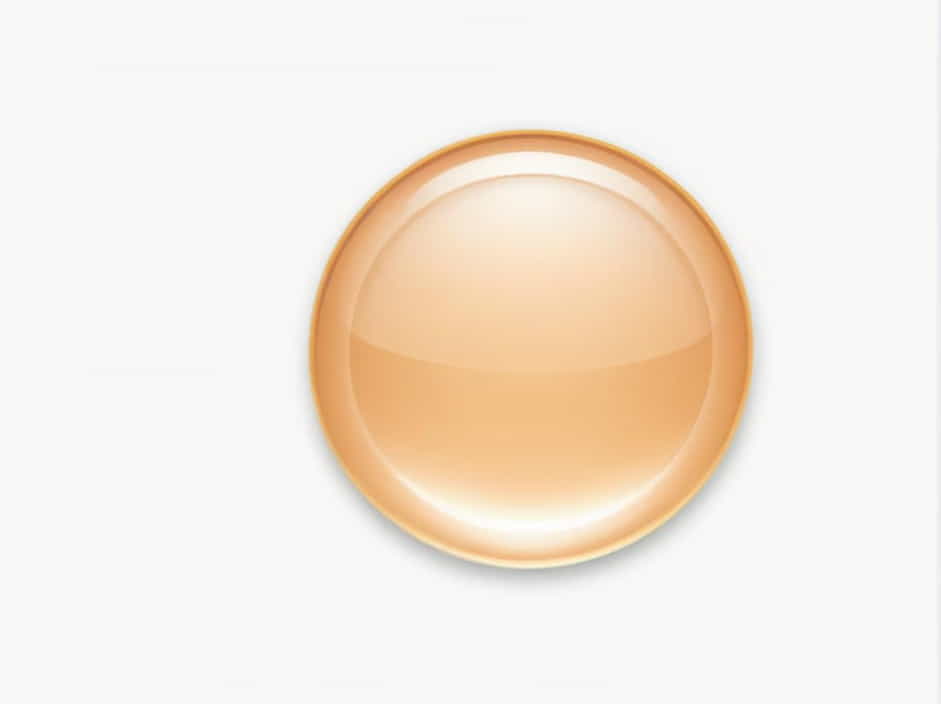Retinol is one of the most powerful skincare ingredients, known for its ability to reduce fine lines, improve skin texture, and fight acne. However, there is often confusion about whether it should be applied to dry or damp skin.
Some experts say applying retinol on damp skin enhances absorption, while others warn it can lead to irritation. So, which method is better? This guide will help you understand the best way to use retinol for maximum benefits and minimal irritation.
What Is Retinol and How Does It Work?
Retinol is a form of Vitamin A that promotes cell turnover and collagen production. It helps to:
✔️ Reduce wrinkles and fine lines
✔️ Improve skin texture and tone
✔️ Treat acne and unclog pores
✔️ Boost collagen for firmer skin
Because retinol accelerates skin renewal, it can also cause irritation, dryness, and sensitivity, especially if not used correctly. This is why application technique matters.
Applying Retinol on Damp vs. Dry Skin: The Key Differences
1. Applying Retinol on Damp Skin
Damp skin is more permeable, meaning it absorbs products faster and deeper. While this can be beneficial for hydrating ingredients like hyaluronic acid, it may not be ideal for retinol.
Pros of Applying Retinol on Damp Skin:
✅ Faster absorption into the skin
✅ Can enhance effectiveness (for some people)
Cons of Applying Retinol on Damp Skin:
❌ Increases the risk of irritation, redness, and peeling
❌ Skin may absorb too much product, leading to sensitivity
❌ Not recommended for beginners or those with sensitive skin
Because damp skin enhances penetration, applying retinol this way may cause more irritation than necessary, especially for those with dry or sensitive skin.
2. Applying Retinol on Dry Skin
Most dermatologists recommend applying retinol on completely dry skin to slow down absorption and minimize irritation.
Pros of Applying Retinol on Dry Skin:
✅ Reduces risk of irritation and peeling
✅ Allows better control over how much product the skin absorbs
✅ Ideal for beginners or those with sensitive skin
Cons of Applying Retinol on Dry Skin:
❌ Absorption may take longer
❌ Might feel less hydrating if not followed by a moisturizer
For most people, applying retinol on dry skin is the safer and more effective option, especially when starting out.
How to Apply Retinol the Right Way
Follow these steps to ensure you get the best results while minimizing irritation:
Step 1: Wash Your Face
Use a gentle, hydrating cleanser to remove dirt, oil, and makeup. Avoid cleansers with harsh exfoliants, as they can increase irritation.
Step 2: Pat Skin Dry
Wait until your skin is completely dry before applying retinol. If you want to test applying it on damp skin, ensure your face is only slightly moist—not dripping wet.
Step 3: Apply a Pea-Sized Amount of Retinol
Less is more! A pea-sized amount is enough for the entire face. Apply a thin layer and avoid the eye area, corners of the nose, and lips, as these areas are more sensitive.
Step 4: Follow Up with Moisturizer
Wait a few minutes, then apply a hydrating, fragrance-free moisturizer to lock in hydration and reduce potential irritation.
Step 5: Use Sunscreen in the Morning
Retinol makes your skin more sensitive to sunlight, so always wear broad-spectrum sunscreen (SPF 30 or higher) during the day.
Who Should Apply Retinol on Damp Skin?
While most people should apply retinol on dry skin, some experienced users might prefer using it on damp skin for enhanced absorption.
You may try applying retinol on slightly damp skin if:
✔️ You have resilient, non-sensitive skin
✔️ You are already used to retinol and have no irritation
✔️ You use a low-strength retinol (0.1% – 0.3%)
However, if you experience redness, peeling, or stinging, it’s best to stick with dry skin application.
Common Retinol Mistakes to Avoid
❌ Using Too Much Product – A little goes a long way. Overuse can cause excessive dryness and irritation.
❌ Skipping Moisturizer – Always apply a hydrating moisturizer to balance retinol’s drying effects.
❌ Using Retinol with Harsh Ingredients – Avoid combining retinol with AHAs, BHAs, or benzoyl peroxide, as they can increase irritation.
❌ Not Wearing Sunscreen – Retinol increases sun sensitivity, so SPF is a must every morning.
❌ Using Retinol Every Night Too Soon – Start with 2-3 times a week, then gradually increase as your skin builds tolerance.
FAQs About Retinol Application
1. Can I Apply Retinol on Slightly Damp Skin?
Yes, but only if your skin isn’t sensitive and you’re an experienced retinol user. Otherwise, stick to applying it on dry skin to reduce irritation.
2. How Long Should I Wait After Washing My Face to Apply Retinol?
Wait about 5-10 minutes for your skin to dry before applying retinol.
3. Can I Apply Retinol Over Moisturizer?
Yes! This is called the “moisturizer sandwich” method, where you apply moisturizer before and after retinol to reduce irritation.
4. When Will I See Results from Retinol?
Most people notice improvements in 4-6 weeks, but full results can take 3-6 months with consistent use.
5. Can Retinol Cause Purging?
Yes. When starting retinol, you may experience temporary breakouts as your skin adjusts. This usually lasts 2-6 weeks.
Final Verdict: Should You Apply Retinol on Dry or Damp Skin?
For most people, applying retinol on dry skin is the best choice. It minimizes irritation and gives your skin time to adjust.
However, if you’re an advanced user with strong skin tolerance, you may try applying retinol on slightly damp skin for increased absorption.
✨ Key Takeaways:
✔️ Beginners should always apply retinol on dry skin.
✔️ Damp skin absorbs retinol faster, which can increase irritation.
✔️ Use a pea-sized amount and follow with a moisturizer.
✔️ Never skip sunscreen when using retinol.
Now that you know the best way to apply retinol, which method will you try? 😊
